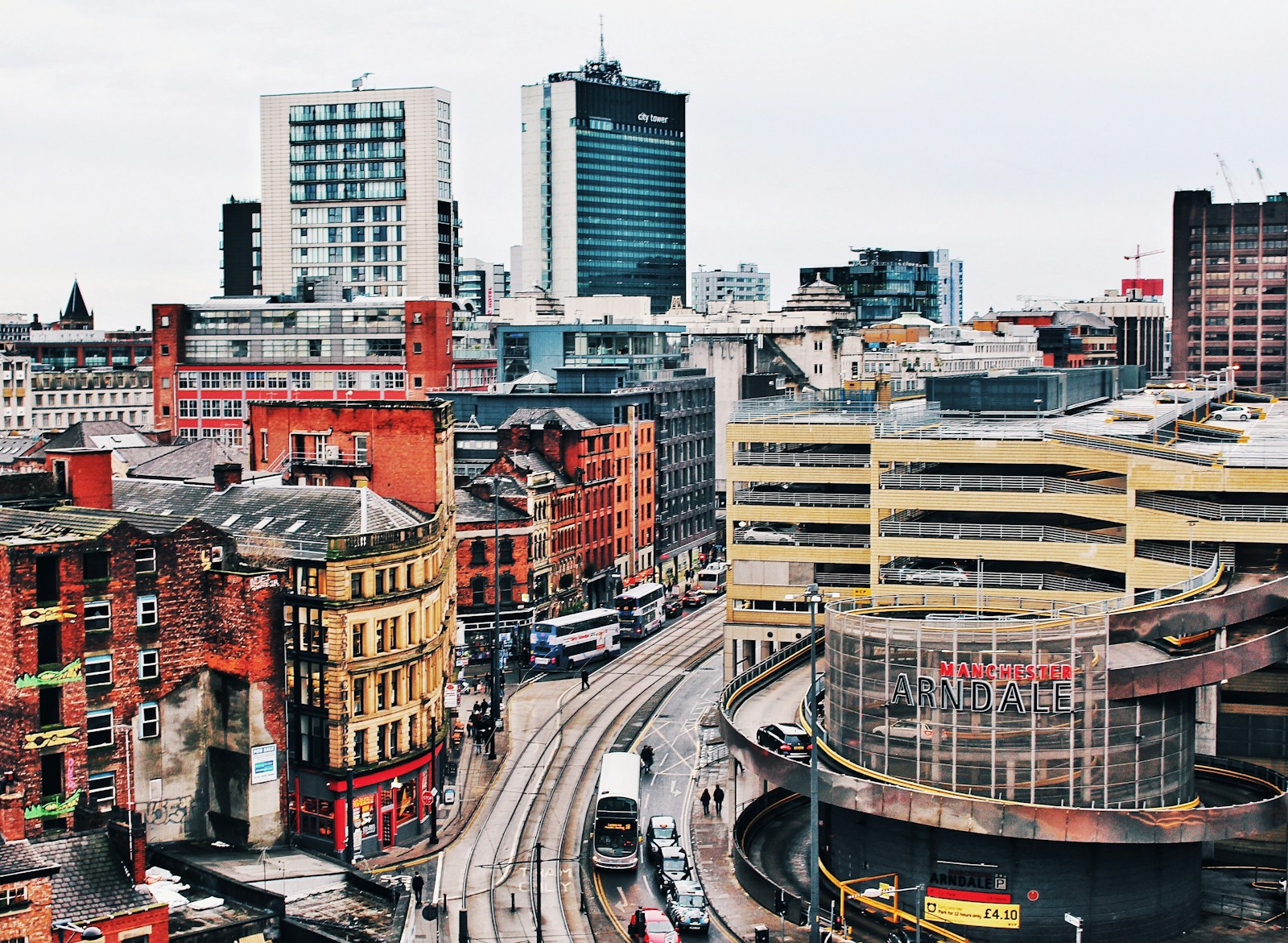In recent years, the concept of mixed-use districts has gained significant traction in urban development. These areas are designed to combine residential, commercial, and recreational spaces within a single neighbourhood or development.
The goal is to create vibrant, sustainable communities where people can live, work, and play without needing to travel long distances. For many cities, mixed-use districts represent a shift away from traditional, single-use zoning and aim to address various urban challenges such as housing shortages, declining retail spaces, and office vacancies.
What Are Mixed-Use Districts?
A mixed-use district is an area where different types of activities—such as housing, offices, retail, and recreation—are integrated into one cohesive environment. This contrasts with older, more traditional urban layouts, where residential areas were separate from commercial or industrial zones. Today, mixed-use developments are seen as a solution to urban sprawl and the inefficiencies that arise from strict zoning laws.
Why Are Mixed-Use Districts Important?
Mixed-use districts create dynamic, self-sustaining communities. According to CBRE, revitalising urban areas with mixed-use developments can address the issue of office vacancies by converting underutilised office spaces into residential or multi-purpose facilities. In CBRE’s Shaping Tomorrow’s Cities report, they noted that 43.5 million square feet of vacant office space in major U.S. cities could be converted to residential use, potentially creating over 43,500 new homes. This not only solves the problem of empty office buildings but also helps alleviate housing shortages in growing cities.
Knight Frank adds that mixed-use developments can also promote healthier, more connected communities. In their report on walkability, they highlight that walkable, mixed-use neighbourhoods improve mental and physical health and drive up property values. For example, they found that walkable districts like Poundbury in the UK, where residential and commercial spaces are seamlessly integrated, have more jobs than homes, resulting in economic growth and a better quality of life.
Economic Benefits of Mixed-Use Districts
From a financial perspective, mixed-use districts are often more economically resilient than single-use zones. The diversity of functions—residential, office, retail—helps cushion these districts from market fluctuations in any one sector. For instance, as JLL points out, these developments are crucial for rebalancing urban centres that have been dominated by retail and office spaces. The ability to diversify real estate offerings allows cities to adapt more readily to changing economic conditions.
Savills also highlights the importance of mixed-use developments in addressing both housing shortages and rising office demand. They estimate that London alone needs 64,000 new homes per year to keep up with population growth and that mixed-use developments can play a key role in meeting this demand while also providing much-needed office space. Savills underscores the potential for developing areas outside of central London, where land is cheaper and opportunities for mixed-use projects abound.
Social and Environmental Impact
Beyond the economic advantages, mixed-use districts also contribute to sustainability. By reducing the need for long commutes, they help lower carbon emissions. According to Knight Frank, walkable, mixed-use areas reduce car dependency, which is a significant contributor to urban pollution. As cities strive to meet environmental goals, creating districts that allow people to walk between home, work, and leisure activities becomes increasingly important.
Socially, these districts promote community engagement by encouraging interaction between residents, workers, and visitors. Mixed-use neighbourhoods often feature public spaces, such as parks and plazas, where people can gather and interact, fostering a sense of community that is often missing in traditional, single-use developments.
Key Takeaways
Mixed-use districts offer a holistic approach to urban living. By blending residential, commercial, and recreational spaces, they create vibrant, sustainable communities that are better suited to modern urban challenges. Surveyors like CBRE, JLL, Savills and Knight Frank agree that these developments are not just a trend but a critical part of the future of urban planning. Whether it’s addressing housing shortages, reducing office vacancies, or promoting sustainability, mixed-use districts offer a flexible, resilient solution that benefits both cities and their residents.
For more in-depth reading, you can explore the perspectives of these surveyors:
– Knight Frank insights on mixed-use and walkability



